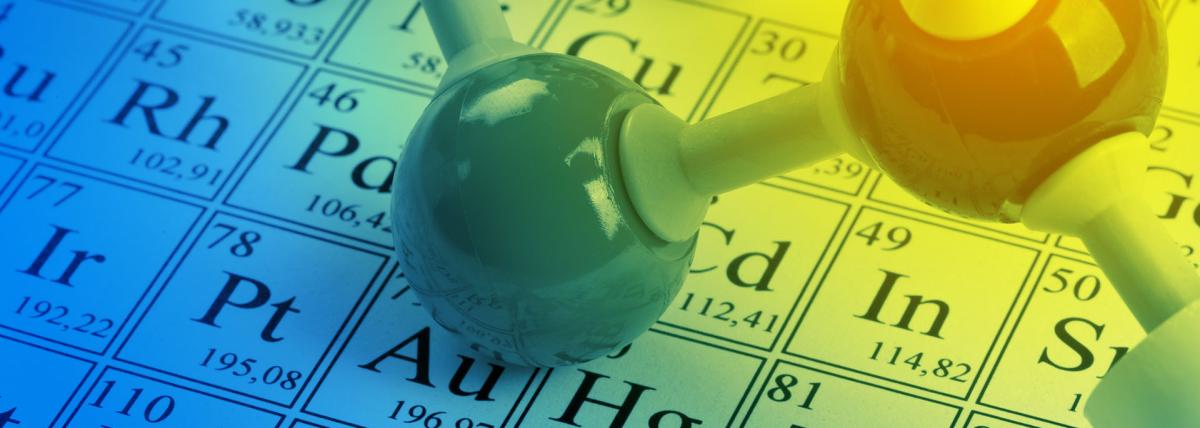
Using Vernier motion sensor technology (not included) students will model their position vs time on Vernier Graphical Analysis.

Using Vernier motion sensor technology (not included) students will model their position vs time on Vernier Graphical Analysis.

Students use the engineering design process to create paper rocket protoypes and complete a cost-benefit analysis to help choose the best one.

Context: This lesson takes place in a classroom for two or more class periods Students may work in small groups of 2-4. An emphasis on the experiment of making an indestructible Edison robot Creative

Students will create an inclined plane using Pythagorean Theorem and will experiment with rolling objects and try to find a solution to reduce the speed through friction, or air resistance or weight.

Students will first build and collect data on how fast their solar car is. Then students can change items to increase the efficiency of the solar panel to increase the overall speed of the solar car.

Students will increase efficiency of the solar panels by using angles. Students are given a solar panel, protractor, and a multimeter. They need to complete a pre- investigation plane before they

This lesson plan provides material for two 90-minute periods. Day one provides guided opportunities to explore chemical equations and day two consists of 10 hands-on stations practicing and applying

Students will be reading an article and answering questions on Solar Panels to help them complete their model of how the solar panel converts the sun's energy into electricity,.

Introduction to how a solar panel works. Students get to explore how to power a fan and lights using a solar panel and a motor. Students get to see a diagram of a solar panel and start to make a model